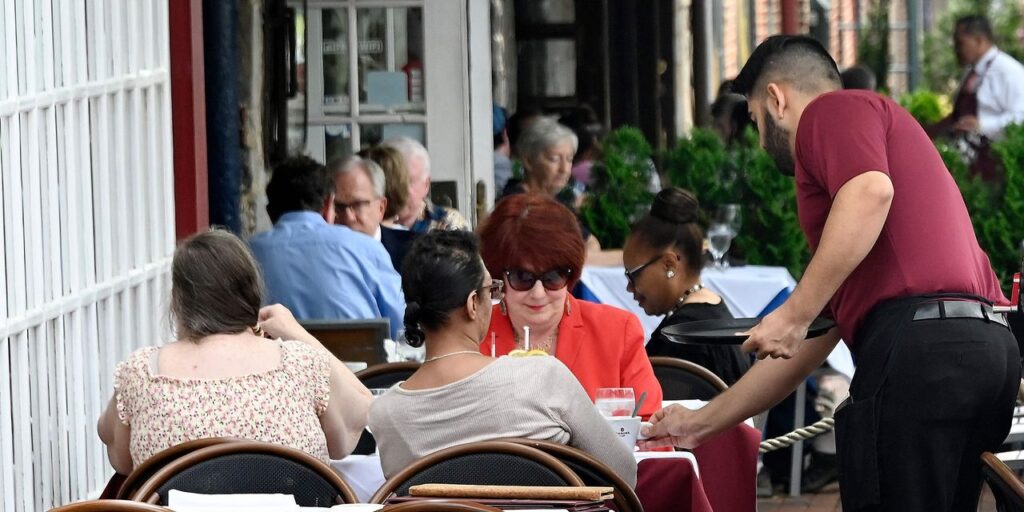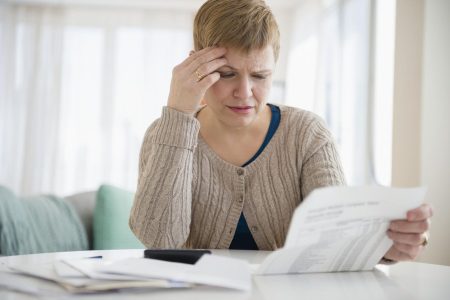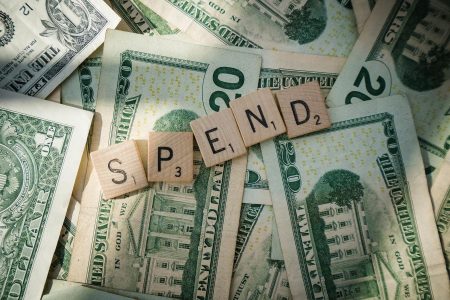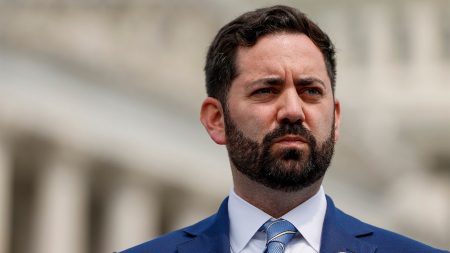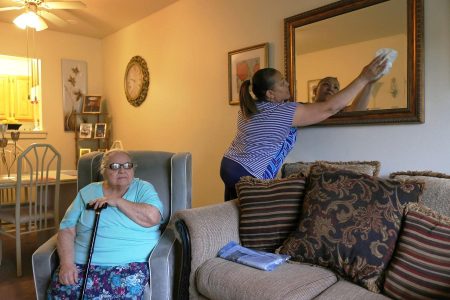Ever feel like your world has turned upside down — and not in a good way — after you eat at a restaurant?
The Centers for Disease Control and Prevention has shed light on how some diners get food poisoning: Approximately 40% of foodborne infectious-disease outbreaks at restaurants were linked to food contamination by a worker who was sick, according to a new report by the CDC.
But there is a way to prevent this, the CDC says — paid sick leave.
Among the 800 outbreaks of foodborne illness reported in 875 food establishments from 2017 to 2019, norovirus — a contagious virus that causes vomiting and diarrhea — was the “most commonly identified cause of outbreaks” reported to the National Environmental Assessment Reporting System (NEARS), the report said.
But fewer than half of the managers interviewed by the CDC researchers — just 44% — said their establishments provide paid sick leave to any workers, the report found.
“Paid sick leave protects everyone,” said Tom Frieden, an epidemiologist and a past CDC director, on Twitter. Frieden is also the president and CEO of Resolve to Save Lives, an initiative focused on cardiovascular disease.
“No one should have to choose between their paycheck or potentially exposing others to infection,” he wrote.
Although most managers said their workplace had a sick-worker policy, those policies were often missing important components intended to reduce the risk of foodborne infections, such as a full list of symptoms employees are required to report or restrictions on sick employees working, the authors wrote.
According to a 2020 study by the Center for Economic and Policy Research, the U.S. was the only one of 22 economically developed countries with no guaranteed paid sick leave. And with few sick-leave options and low pay, many employees who are ill continue to show up for work, the authors noted.
“Food workers report numerous reasons for working when ill, such as loss of pay and perceived social pressure,” the authors of the CDC report said. “Expanded paid sick leave in a restaurant chain reduced the incidence of working while ill among front-line food service workers, and supportive paid sick leave regulations were found to be associated with decreased foodborne illness rates.”
About 77% of all private-sector workers were covered by paid sick-leave policies in 2022, according to the Bureau of Labor Statistics. A larger percentage (92%) of state and local government workers received paid sick leave last year.
But access to paid leave varies by income and job. Only 35% of people whose hourly wages were among the lowest 10% had access to paid sick leave, according to a Bureau of Labor Statistics report released in 2021, compared with 95% of those among the top 10% of wage earners.
Although there are no federal legal requirements for paid sick leave, according to the Department of Labor, more than a dozen states and territories, as well as some 20 municipalities including Seattle and New York City, have their own paid sick-leave laws.
Under the Family and Medical Leave Act, workers at public and private organizations with more than 50 employees who have worked 1,250 hours during the past 12 months are entitled to take up to 12 work weeks of leave a year. But that leave is unpaid.
Few American workers have access to paid family leave. That specifically refers to paid time off for situations including caring for a family member with a health condition or spending time with a newborn. Only 25% of workers in the U.S. had paid family leave last year, according to the BLS data.
Read the full article here



